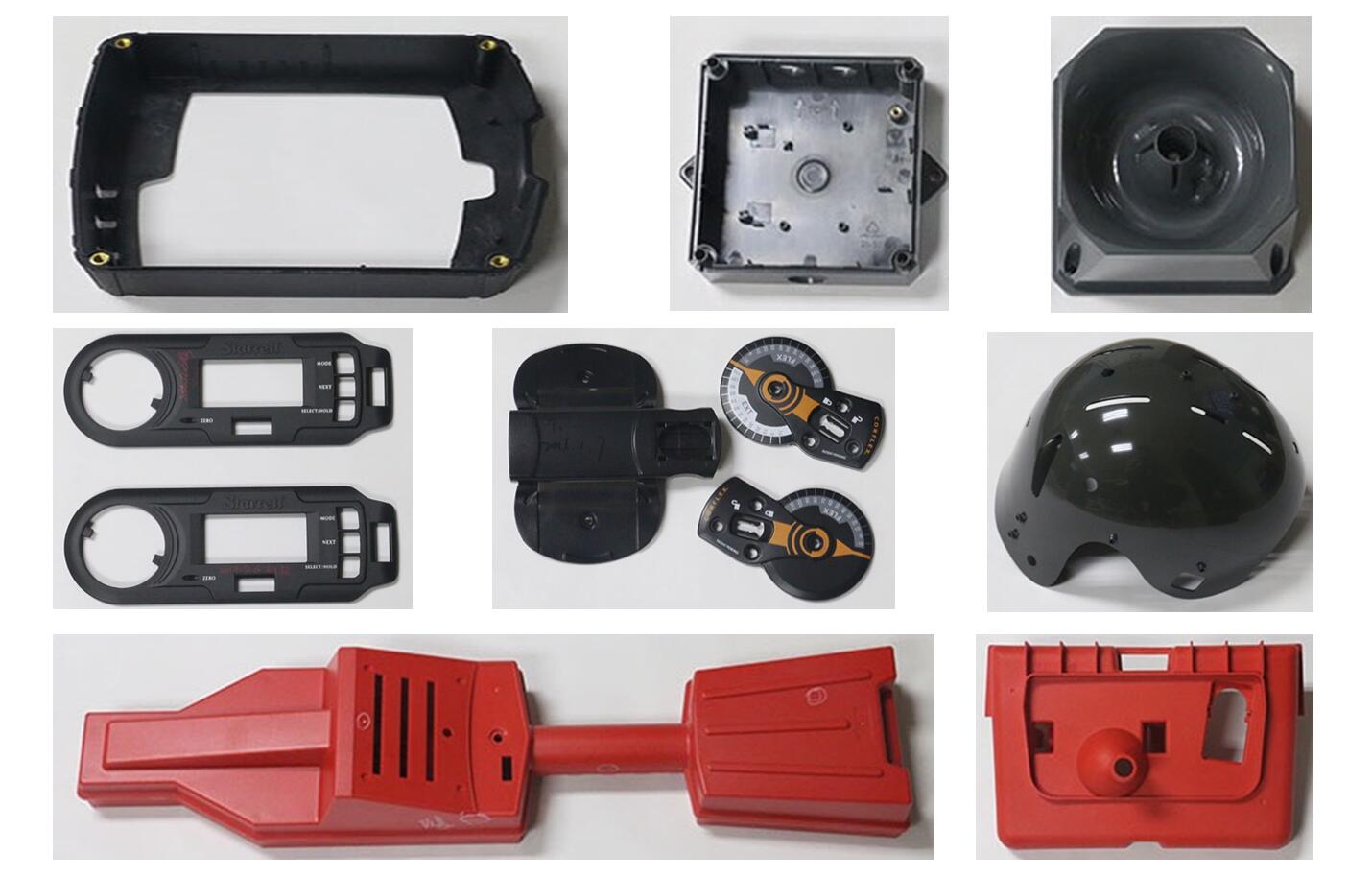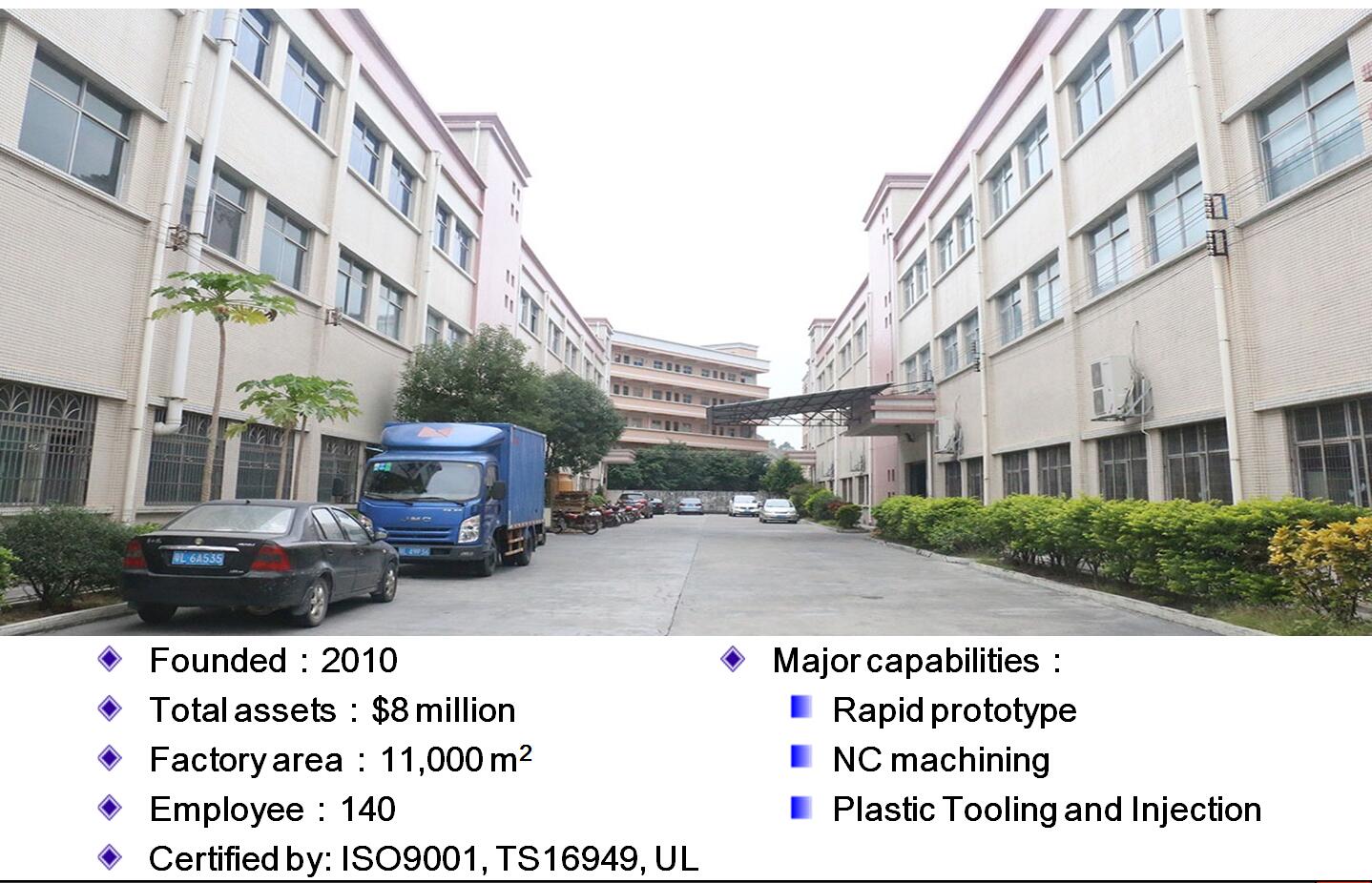Injection molding is a kind of production behavior that plastic particles are molded into predetermined shapes by heating and melting. In this process, many factors of production have an important impact on the quality and production efficiency of the final plastic products.
Although different materials and different products have a variety of injection molding techniques, but we can summarize the process of injection molding parameters in the final product of the impact of various factors, so as to adjust the different parameters of different products. In short, there is no invariable injection molding techniques, there is no invariable products, as long as the true meaning of the injection molding process, we can be invariable, produce perfect plastic products.

The following shares with you the experience of injection molding production for many years.
- Five factors affecting injection molding
1, temperature: including barrel temperature, nozzle temperature, melt temperature, mold temperature, ambient temperature and so on;
2, pressure: including injection pressure, packing pressure, back pressure, demoulding pressure, clamping force, etc.
3, time: including injection time, holding time, cooling time, stripping time, etc.
- Speed: including injection speed, storage speed, open mold speed, demoulding speed, the forward and backward speed of the winch, etc.
- Temperature influence factors
Temperature plays an important role in the whole injection molding process, which determines the final molding quality of the finished product. The following are explained in detail from several main aspects:
- Barrel Temperature: When the raw material enters the barrel, there are generally more than three temperature stages in which the melting glue is completed. The melting temperature enters the melt from low to high, and goes through three stages: initial melting, complete melting to the melting effect required by injection. Full control of the melt plays a key role in the surface effect of the final product.
- Nozzle temperature: the mold temperature is much lower than the melt temperature, after the injection of melt to ensure the normal flow of raw materials in the mold, it is necessary to preserve the melt temperature during the injection to complete the whole flow process without premature cooling and solidification;
- Mold temperature: that is to say, the mold temperature, the raw material into the mold to complete the cooling process, and the surface will produce different effects because of different mold temperature, in order to achieve a perfect surface effect, must control the mold temperature rationality;
- Ambient temperature: The change of temperature difference in the whole injection workshop will also affect the final product quality. Keeping reasonable temperature and humidity change is also an important but often neglected factor. Please pay attention to it here.
5, location: including location, location, location, location, ejection position and so on.
- Pressure factors
- Injection pressure: Injection pressure should be low but not high. If sufficient injection pressure is maintained, one injection is completed. Excessive injection pressure may cause internal reaction of the product.
- Pressure-retaining pressure: Pressure-retaining effect is to compact the melt in the cavity, is the plastic close to the mold wall to obtain accurate shape, so that different times and different directions into the same part of the cavity plastic melt into a whole, supplementary cooling shrinkage.
- Back pressure: Back pressure is the reaction force accumulated after the molten material is ejected. It acts on the screw. By adjusting the back pressure, the pressure of the molten material when ejecting, the density of the product after forming, the air spark, the bubble and the surface gloss can be controlled.
- Demoulding pressure: refers to the force exerted on the mold core to overcome the shrinkage and tightening force, atmospheric pressure, adhesion force and so on when the mold is cooled, so that the mold can be released smoothly from the mold cavity. Because the mold is still in the state of high temperature softening, excessive demoulding pressure may cause defective products, and too low demoulding may be unsuccessful. It is very important to control the ejection force.
- Mould Locking Force: Mould Locking Force determines the production capacity of the injection molding equipment. Adequate clamping capacity is the main determinant of the size of the products produced by the injection molding machine. It also has a very big impact on the final product quality. The production of insufficient clamping force will result in the product thickness, size exceeding the standard, and the glue leakage at the flying edge. There are many unhealthy phenomena.
- Factors affecting time
- Injection time: Reasonable injection time, accurate injection quantity and accurate temperature retention time are the important steps to ensure the complete flow stroke, sufficient filling and surface crystallization of the melt after entering the mold.
- Pressure-holding time: after the injection of glue, it is necessary to maintain a certain pressure and pressure time in the mold to ensure that the melt can fill every corner completely, and complete the uniform density and quality to ensure the filling effect of the product.
- Cooling time: melt glue into the mold and crystallization molding need to pass through the cooling step. Reasonable cooling time can ensure that the product is not deformed and damaged after molding, but also control the production efficiency and shorten the injection cycle of the key elements;
- Demoulding time: Similar to cooling time, demoulding time also affects the production efficiency. The demoulding speed has some negative effects on the surface of the product. Reasonable demoulding time control is an important point to reduce the bad rate of the finished product.
- Speed influence factors
- Ejection velocity: ejection velocity refers to the flow velocity of melt from nozzle to cavity. According to different materials, the ejection velocity is different, but the purpose is the same, that is, enough melt glue is injected into the cavity at a reasonable speed within a certain time to complete the velocity filling process.
- Storage speed: Storage speed mainly affects the production efficiency, and it is necessary to budget the injection cycle and the stockpile reasonably.
- Opening speed: When the molten plastic is injected into the mold cavity and cooled, the mold is opened and the product is removed. The mold opening process is also divided into three stages: the first stage is slow opening to prevent the parts from tearing in the mold cavity, the second stage is fast opening to shorten the opening time, the third stage is slow opening to reduce the opening. Impact and vibration caused by modal inertia;
- The advance and retreat speed of the winch: For the products with pattern or thread, controlling the advance and retreat speed of the winch is the key point to ensure the integrity of the pattern.
- Location factors
- Storage Position: Storage position is the actual amount of material used in the product, according to the design of the mold to set the storage position to achieve the best injection volume can be;
- Ejection position: the ejection position is the position of the screw relative to 0 point in the barrel, and the position of the screw at the front is 0 point. This position represents the sum of the positions of the material quantity and the screw loosening.
- Pressure-retaining position: The pressure-retaining position of the injection molding machine does not need to be set, as long as the pressure flow and time of the pressure-retaining are set according to the mold, but in order to ensure effective pressure-retaining, the screw after shooting can be reserved a certain distance for the pressure-retaining use, to prevent pressure-retaining when the screw continues to move forward without space;
- Plug position: Plug is the auxiliary setting when demoulding. In principle, it should be designed at the position of the main force point and placed in the place that does not affect the appearance effect. The main attention should be paid to the fact that there is no distortion such as crown lines and warpage after ejection.

JasonMould Industrial Company Limited, established in 2010, is a leading injection moulding manufacturer in China. JasonMould specializes in plastic mould production for household appliances, medical equipments, electronic equipments, safety equipments as well as monitoring system.
The company has over 15000 square metres factory. With plastic injection tooling divisions possessing different machinery and expertise, JasonMould offers tools from small and precise mobile phone parts to as big as automotive parts. Our tools are mainly exported to U.S.A., Europe, Japan and UK. JasonMould’s diversification strategy and full service has won compliment from customers all over the world.
Our mission is to provide our customers high quality moulding products and services. We aim to exceed our customers’ expectations of pricing, quality and on-time delivery. To achieve our mission, JasonMould:
- Commits to continually improve employee skills and efficiency,
- Provides our employees a clean and safe working environment,
- Upgrades machine technology and support equipment through a strict maintenance program, and
- Maintains customers’ tooling to its highest peak of performance
For more about custom manufacturer of plastic molding products,please visit https://www.jasonmolding.com/
Inquiry Contact:
Contact person: James Yuan
Company name: JasonMould Industrial Company Limited
Address: LongGang Village,LongXi Town,BoLuo County,HuiZhou City,GuangDong Province, China
Telephone: 86-752-6682869
Email: [email protected]
Website: https://www.jasonmolding.com


